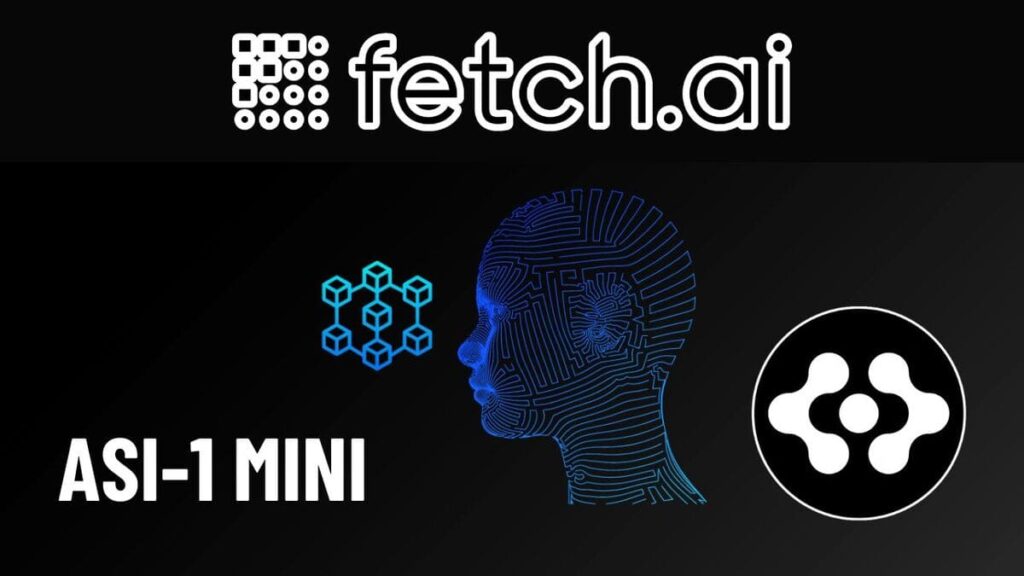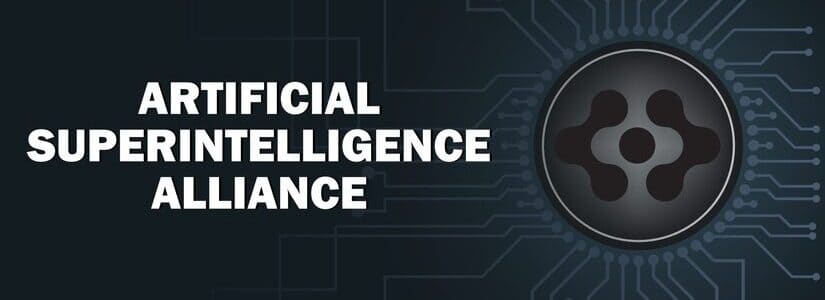TL;DR
- Fetch.ai launches ASI-1 Mini, the first Web3 language model, designed to automate autonomous workflows through intelligent agents.
- The model offers high efficiency with just two GPUs, reducing infrastructure costs and achieving competitive performance across various industries.
- ASI-1 Mini incorporates a dynamic reasoning system and collaboration between autonomous agents, enabling greater versatility and scalability in complex tasks.
Fetch.ai, one of the leading entities within the Artificial Superintelligence (ASI) Alliance initiative, has launched the ASI-1 Mini language model, the first specifically designed for the Web3 ecosystem.
The goal is to facilitate the automation of autonomous workflows through intelligent agents, which could transform various industries, from healthcare to finance.
The ASI-1 Mini model stands out not only for its efficiency optimization but also for its ability to operate with minimal hardware usage, limiting itself to two graphical processing units (GPUs).
Fetch.ai: Democratizing Technological Development
This reduces infrastructure costs, opening the door to a more accessible integration process for companies and developers looking to leverage artificial intelligence without incurring high expenses. In performance tests, ASI-1 Mini has proven competitive against other leading models, outperforming benchmarks in fields such as medical science, business, and history in some cases.
One of the most innovative features of ASI-1 Mini is its dynamic reasoning system, which offers four processing modes: Multi-Step, Complete, Optimized, and Short Reasoning. This allows the model to intelligently select the most appropriate approach depending on the task at hand. Furthermore, the model will be capable of managing much larger data volumes, as it will be able to handle up to ten million tokens in the future, making it even more versatile for complex tasks.
High Performance and Full Automation
This model is part of the ASI:<Train/> initiative, which aims to democratize access and ownership of artificial intelligence models. Through this platform, the Web3 community will be able to invest in the development and training of AI models, as well as share the profits derived from their use. This decentralized approach could transform how technological advancements in artificial intelligence are developed and distributed.
Additionally, ASI-1 Mini operates under an advanced system of collaboration between autonomous agents. Each agent has the ability to make decisions on its own and collaborate with others to complete more complex tasks. This “Mixture of Agents” model allows agents to work independently, optimizing resource allocation and task execution.













